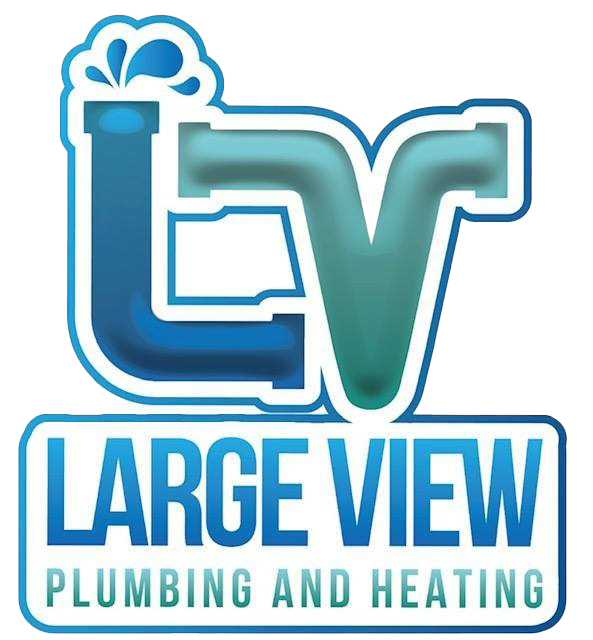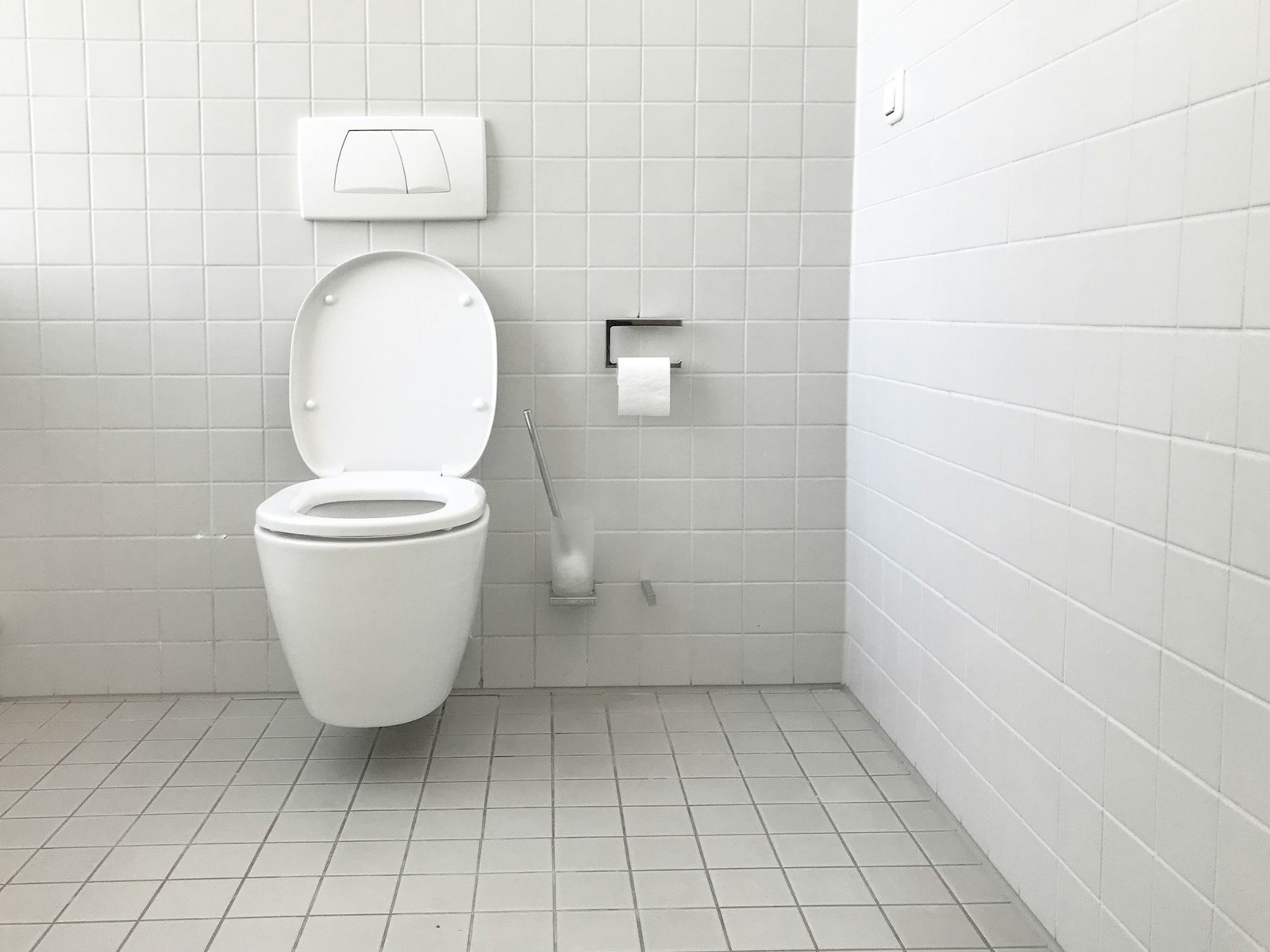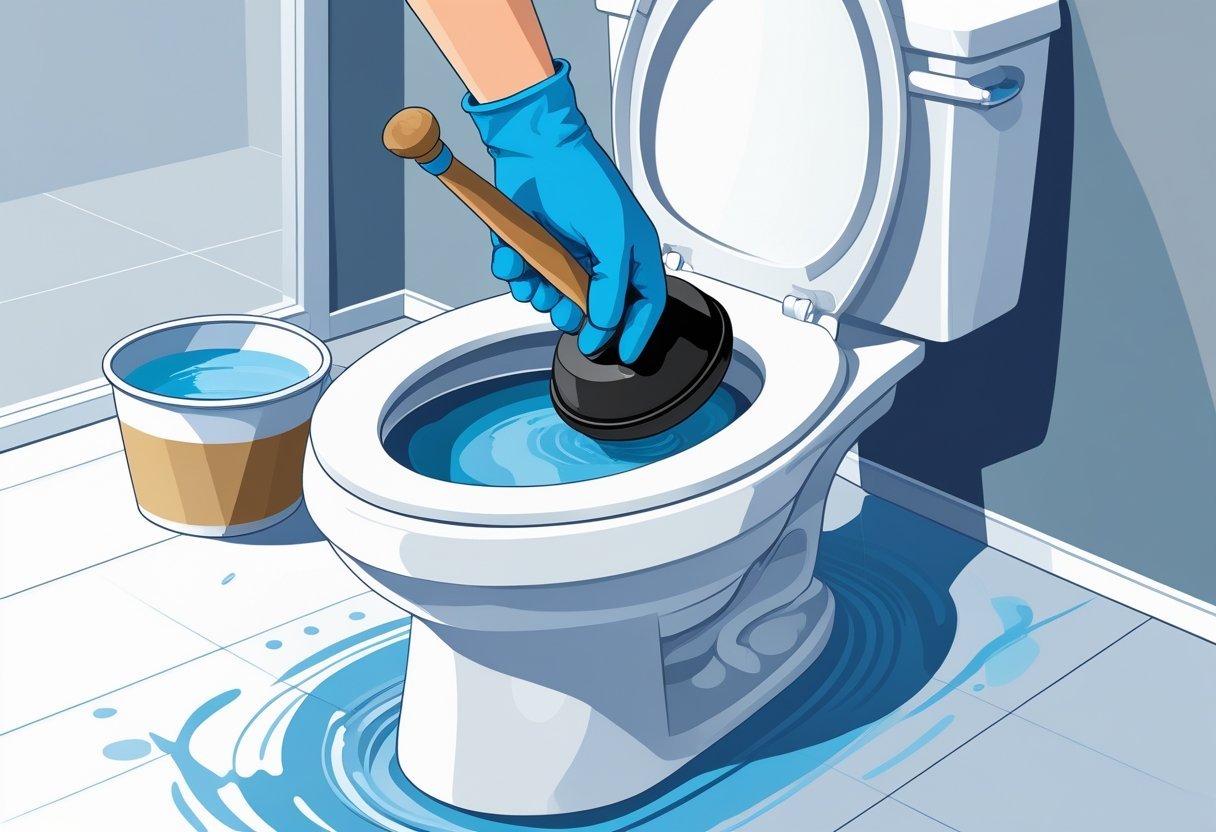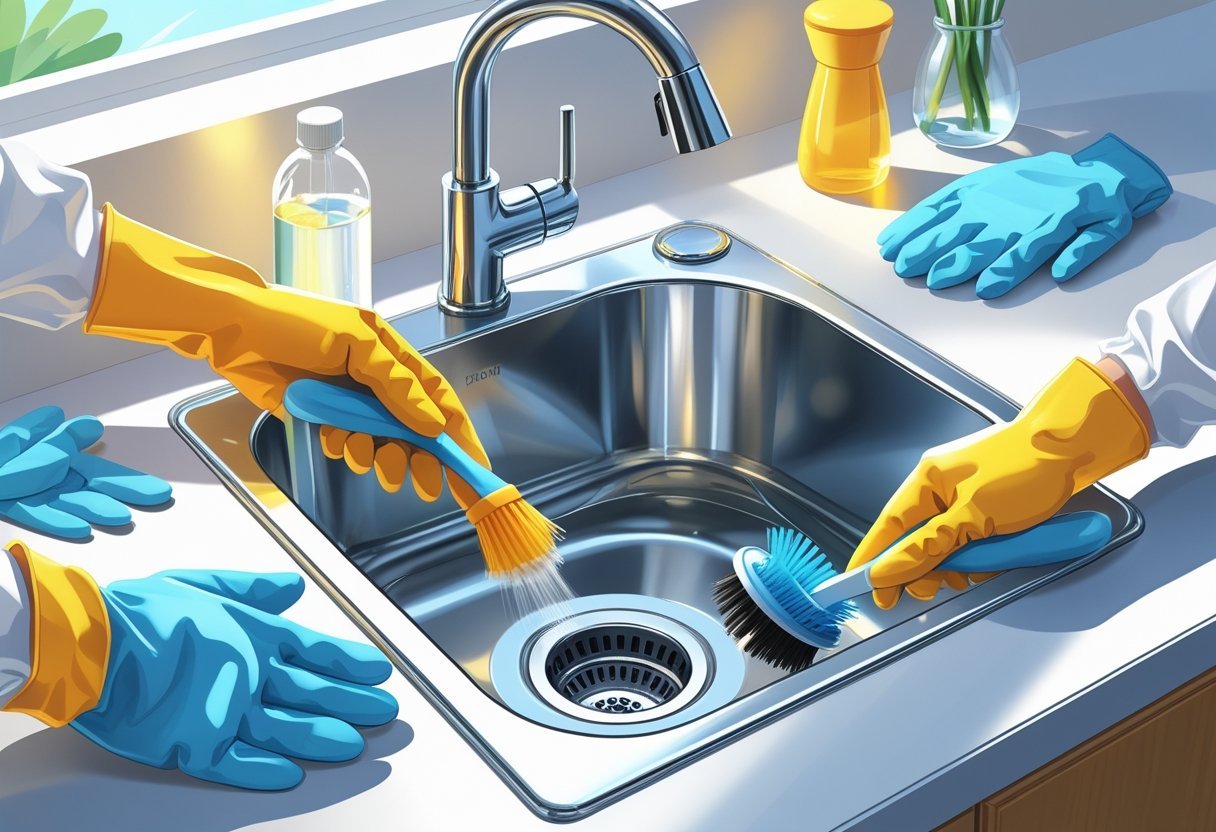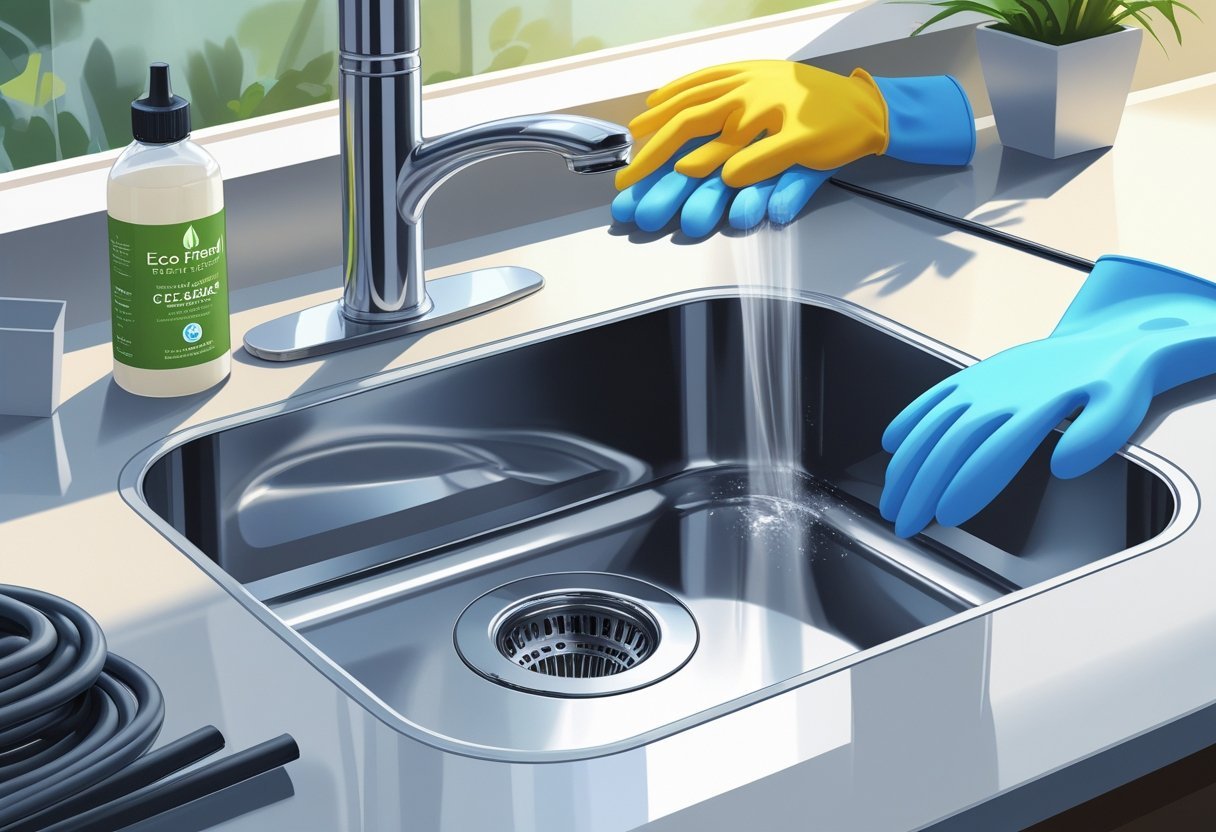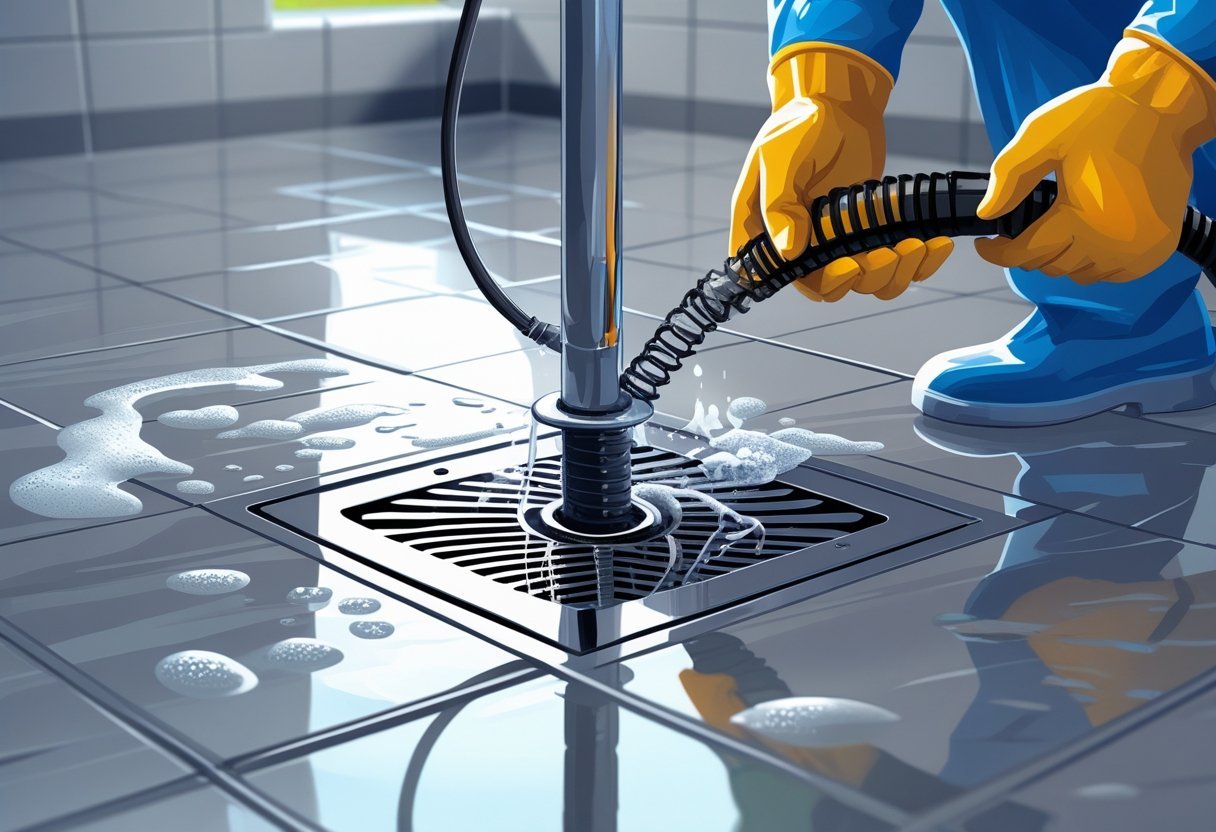When faced with plumbing issues, navigating through pipes can be a daunting task. This is where a pipe inspection camera becomes an invaluable tool. Using this technology allows you to visually inspect the condition of your pipes without intrusive digging, saving both time and money.
Large View Plumbing & Heating understands the significance of efficient pipe inspections. With their experience and state-of-the-art tools, they can swiftly identify blockages or damage that may not be visible to the naked eye. This means you can address potential problems before they escalate, ensuring the longevity of your plumbing system.
Investing in advanced inspection technology not only streamlines the diagnostic process but also enhances the overall quality of plumbing service. With their customer-focused approach, Large View Plumbing & Heating is dedicated to delivering the best results for your plumbing and heating needs in North Shore, Massachusetts.
Understanding Pipe Inspection Cameras
Pipe inspection cameras are advanced tools that provide crucial insights into the condition of your pipelines. These cameras enable you to identify potential issues, assess damage, and guide necessary repairs without invasive methods.
What Is a Pipe Inspection Camera
A pipe inspection camera is a specialized instrument designed to visualize the interior of pipelines and drainage systems. It typically features a high-resolution camera attached to a flexible cable or rod. This setup allows the camera to navigate through various pipe sizes and bends, providing real-time footage. The system is often connected to a monitor for immediate viewing, which helps professionals diagnose problems effectively. Companies like Large View Plumbing & Heating utilize these cameras to ensure thorough inspections and precise evaluations of plumbing challenges.
Key Components and How They Work
Key components of a pipe inspection camera include the camera, cable, light source, and monitor. The camera captures high-definition images or video as it moves through the pipes. The cable—often waterproof and flexible—allows the device to bend around corners. A built-in LED light source illuminates dark areas within the pipes, ensuring clear visuals. The monitor displays the footage, enabling real-time analysis. This combination of technology facilitates quick trouble identification, allowing you to address issues such as blockages, cracks, or root intrusions efficiently.
Benefits of Modern Inspection Systems
Modern pipe inspection systems offer numerous advantages. They minimize the need for invasive excavation, reducing both time and repair costs. With high-resolution imagery, you gain a comprehensive view of your pipes’ condition. Additionally, these systems enhance diagnostic accuracy, which helps prevent potential failures. By using tools from companies like Large View Plumbing & Heating, you ensure that your plumbing is effectively assessed, prioritizing long-term functionality. Investing in a pipe inspection camera can drastically improve the management and maintenance of your pipeline systems.
Types of Pipe Inspection Cameras
Pipe inspection cameras come in various types, each designed for specific applications. Understanding the differences between these types helps you select the best option for your needs.
Self-Leveling Camera Technology
Self-leveling cameras are advanced tools that maintain a level perspective regardless of the pipe’s angle. This feature is crucial for providing clear and accurate visuals during inspections. When navigating bends or vertical sections, these cameras automatically adjust their orientation.
You can efficiently identify problems such as blockages, cracks, or corrosion without any distortion of the image. By using a self-leveling camera, you get a better understanding of the pipe’s condition, which is essential for effective maintenance and repairs. Large View Plumbing & Heating utilizes this technology to ensure thorough inspections in various residential and commercial settings.
Sewer Cameras vs. Standard Models
Sewer cameras are specifically designed for navigating the complex layouts of drainage systems. With rugged, waterproof construction, they can withstand harsh conditions inside sewer lines. These cameras typically feature advanced lighting systems for optimal visibility in dark environments.
In contrast, standard models are more versatile but may lack the specific features suited for sewer inspections. While they can be used for general pipe inspections, they might not provide the robustness needed for difficult sewer conditions. Choosing the right type of camera depends on the specific requirements of your project, such as the pipe material and environmental factors. Large View Plumbing & Heating can help determine the best camera for your inspections.
Full HD and High-Definition Options
Full HD and high-definition cameras offer significantly improved image quality compared to standard-resolution models. This enhanced clarity allows for better identification of small issues that could otherwise go unnoticed in lower-resolution footage. High-definition options are particularly beneficial when assessing the condition of older pipes or detailed structural problems.
These cameras often feature zoom capabilities, letting you focus on specific areas that require closer inspection. Investing in HD technology ensures that you capture images with precision and detail. This is vital for creating accurate reports that inform your next steps in maintenance or repair projects.
Using Pipe Inspection Cameras for Effective Service
Utilizing pipe inspection cameras allows for precise diagnostics in plumbing systems. This section outlines the inspection process, the importance of video recording and image quality, and how integration with repairs enhances service efficiency.
Step-by-Step Inspection Process
Start by preparing your equipment. Ensure the pipe inspection camera is charged and the monitor is operational. Wear appropriate safety gear, including gloves and goggles, to protect yourself during the inspection.
Insert the camera into the pipeline slowly, monitoring its movement on the screen. You’ll be looking for potential issues like blockages, leaks, or cracks. The camera should provide a clear view to identify any anomalies in the pipe’s structure. Upon completion, record your findings for reference.
Large View Plumbing & Heating employs trained professionals who understand how to interpret these visuals effectively. This expertise ensures that any detected issues are accurately documented, leading to timely repairs.
Video Recording and Image Quality
High-quality video recording capabilities are essential for an effective pipe inspection camera. Clear, crisp imagery allows you to assess the condition of the pipes thoroughly. Look for cameras equipped with HD resolution and advanced LED lighting to illuminate dark areas within the pipelines.
The ability to capture video footage enhances diagnostics significantly. It facilitates discussions with clients, providing visual proof of issues and potential solutions. This clarity contributes to informed decision-making for repairs.
Large View Plumbing & Heating prioritizes the use of top-tier inspection systems that offer exceptional image quality. This ensures that you receive accurate assessments, laying a solid foundation for necessary service actions.
Integration With Repairs and Maintenance
Efficient use of a pipe inspection camera seamlessly integrates with repair and maintenance services. After identifying issues, you can proceed with targeted solutions, whether it’s cleaning, patching, or replacing segments of the pipe.
This proactive approach reduces service time and costs. Instead of relying on guesswork, the detailed information from the inspection allows for targeted interventions. This method minimizes disruption and maximizes the effectiveness of your plumbing system’s repairs.
With a commitment to customer satisfaction, Large View Plumbing & Heating focuses on maximizing the benefits of advanced inspection technology. This dedication ensures that your plumbing infrastructure remains in excellent condition and extends its longevity.
Advanced Features and Top Models
Pipe inspection cameras come equipped with various advanced features that enhance their functionality. Understanding these features and identifying top models can significantly aid in your selection process.
Verisight Ultra and Other Leading Brands
The Verisight Ultra is a standout model offering a high-resolution camera that excels in clarity and detail. Its 50-foot semi-rigid cable efficiently navigates complex pipe systems, making it a preferred choice for professional plumbers.
Other leading brands in the market, such as those mentioned in reliable reviews, also offer commendable models. They often feature adjustable lighting, zoom capabilities, and 360-degree rotation, which facilitate thorough inspections in challenging environments. When choosing a model, consider its durability and customer reviews that highlight performance in real-world scenarios. Reliable options cater to different budgets and specific needs, ensuring you find the perfect fit for your plumbing endeavors.
Assistance and Support Options
When purchasing a pipe inspection camera, support options are essential. Companies like Large View Plumbing & Heating prioritize customer assistance, offering guidance throughout your buying journey. They provide resources for troubleshooting and maintenance, ensuring you maximize your camera’s potential.
Many manufacturers include instructional videos and manuals along with their products, streamlining the learning process. Accessing customer service can be crucial for ongoing support, so choose a brand known for its responsive assistance. With these support options, you can maintain your pipe inspection camera effectively, leading to successful inspections and long-lasting use.
Choosing the Right Pipe Inspection Camera
Selecting the right pipe inspection camera is crucial for ensuring effective diagnostics and efficient service. This decision involves understanding your specific needs, whether for professional applications or DIY projects.
Key Considerations for Selection
When choosing a pipe inspection camera, consider the following factors:
- Camera Quality: Opt for models with high-resolution capability (at least 720p) for clear images and video.
- Flexibility: Look for a camera with a durable, flexible cable to navigate through various pipe sizes and bends. A cable length of 25 to 100 feet is often ideal for most residential applications.
- Lighting: Built-in LED lights enhance visibility in dark environments, which is essential for inspecting sewer lines or deeper pipes.
- Portability and Ease of Use: A lightweight design and easy controls will facilitate smooth operation. Check for devices with ergonomic layouts.
- Recording Capability: Look for options that allow you to record videos and take snapshots, which is useful for documentation and sharing with clients.
By focusing on these considerations, you can find a camera that meets your specific requirements.
Professional and DIY Applications
Choosing a pipe inspection camera varies significantly between professional and DIY use.
For professional applications, such as with Large View Plumbing & Heating, you typically require advanced features like higher resolution and robust recording capabilities. Professionals often work with larger pipes and need equipment that can deliver detailed diagnostics quickly.
In contrast, DIY users might prioritize affordability and ease of use. A basic model with adequate image quality and straightforward controls is often sufficient for home inspections. If you are performing regular maintenance, consider models that provide easy connectivity to smartphones or tablets for better viewing.
Both professional and DIY applications benefit from understanding the environment—such as sewer lines versus residential plumbing—when selecting the right camera.
Frequently Asked Questions
This section addresses common inquiries regarding pipe inspection cameras, including their functionality, rental options, and cost considerations. You’ll also learn about important features and enhancements that can optimize the inspection experience.
How does a plumbing inspection camera work?
A plumbing inspection camera operates by using a small, waterproof video camera attached to a flexible rod. This camera is inserted into the pipes, allowing you to view real-time images of the interior on a monitor.
The camera captures video footage as it navigates through the pipes, showcasing any blockages, leaks, or structural issues. This method enables plumbers to assess problems without invasive digging.
Can you rent a pipe inspection camera and how does the process work?
Yes, you can rent a pipe inspection camera from various equipment rental companies. The process typically involves selecting the model appropriate for your needs and reserving it for a specified rental duration.
Instructions and support may be provided, ensuring you understand how to operate the camera effectively. You can return the camera after use, often paying only for the time you had it.
What is the typical cost range for a professional sewer line camera inspection?
The cost for a professional sewer line camera inspection usually falls between $100 and $300. Factors influencing the price include the complexity of the plumbing system and the specific service provider’s rates.
It’s advisable to get a quote from companies like Large View Plumbing & Heating, which can offer reliable assessments and service transparency.
What features should you look for in a pipe inspection camera designed for 100 feet range?
When selecting a pipe inspection camera for a 100-foot range, consider features such as high video resolution, a flexible yet sturdy cable, and built-in lighting for clear visibility in dark pipes.
A durable design and user-friendly interface are also important to facilitate effective inspections without complications.
How do pipe inspection cameras with locators enhance the inspection process?
Cameras with locators significantly improve the inspection process by allowing you to pinpoint the exact location of the camera within the pipe system. This capability helps in identifying the location of blockages or damage.
Locators can also assist in mapping out the plumbing layout, providing better insights for repairs or maintenance.
What are the alternatives to Harbor Freight when it comes to plumbing cameras?
For plumbing cameras, consider reputable brands known for reliability and performance rather than focusing solely on Harbor Freight. Options include specialized plumbing suppliers or companies that provide high-quality inspection equipment.
These alternatives often offer equipment with advanced features and superior customer support, enhancing your overall inspection experience.
